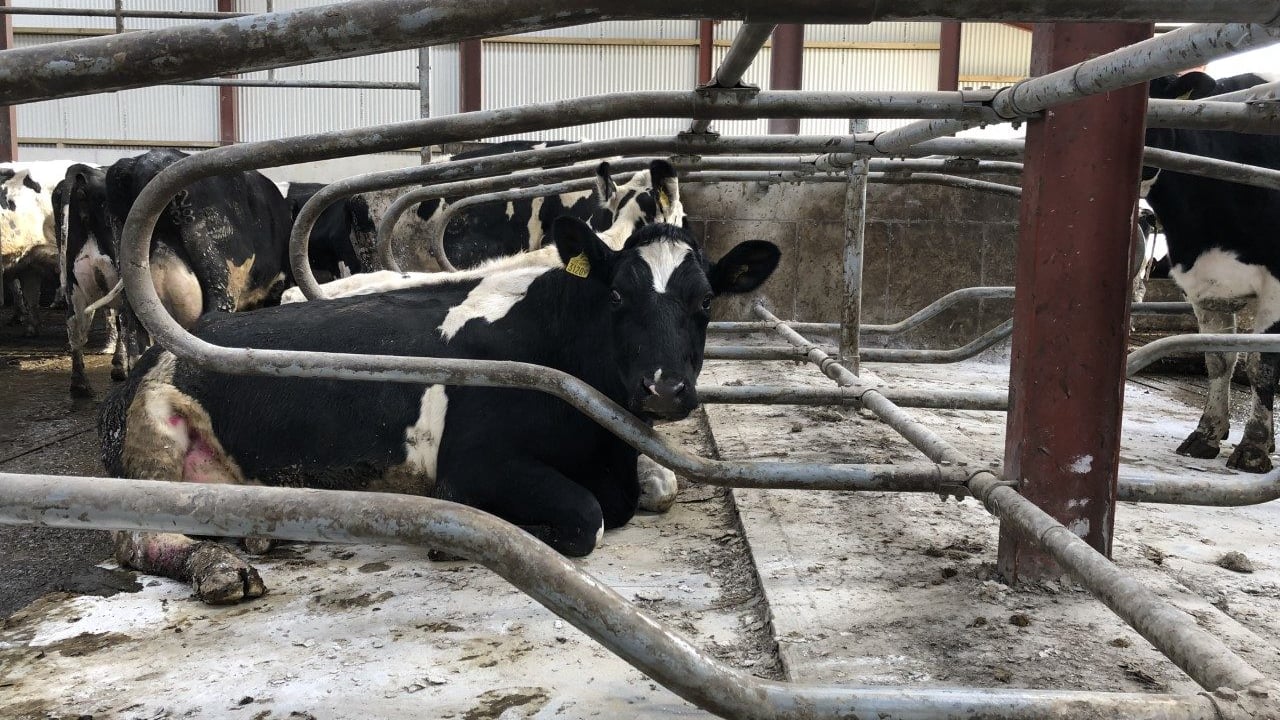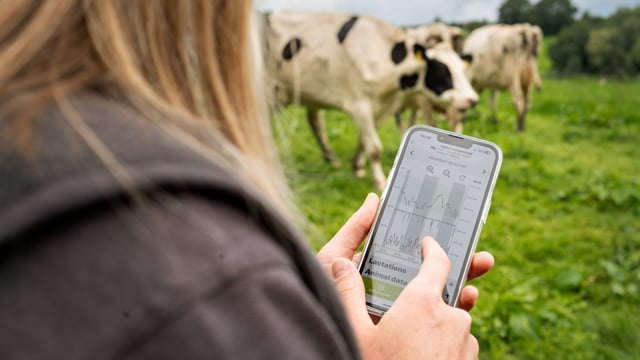Dairy advice: Limiting lameness through good cubicles
The heavy rain over the weekend will more than likely have brought a halt to the majority of grazing around the country.
With cows now in the winter housing period, farmers must remain mindful of housing management in an effort to keep lameness to a minimum.
The wet weather over the last month may have softened the cows hooves, which can rapidly turn into lameness as the cows end up standing on hard concrete surfaces.
Therefore, comfortable cubicles and adequate feed space are a priority, with good practices such as hoof trimming, foot baths and lameness monitoring also being essential at this time of the year.
Lameness
Cows are susceptible to two different types of lameness at this time of the year - infectious and non-infectious.
With infectious lameness, foul-in-the-foot and digital dermatitis are typically the two common types on Irish dairy farms.
Both of these conditions thrive in wet, slurry-covered environments, so maintaining the utmost hygiene in the winter housing is crucial.
Cubicles should be brushed or scraped out daily, with mats also getting a top up of lime after each cleaning.
Scrapers also need to be in good condition and working properly to take any slurry away from walk-ways.
Remember feeding areas are where cows will be standing the most so keep these areas clean as well.
White line disease, sole ulcers, and sole bruising are the most common non-infectious lameness in dairy herds.
These are typically caused by physical stress on the hoof, with a lot of cases seen during calving.
Farmers need to ensure sheds are not overcrowded, and that each animal has adequate walking and feeding space.
When thinking of both conditions, it is important to remember that dairy cows would often spend about 12-14 hours of the day resting on cubicles, so good, comfortable cubicles are often the solution to reducing overall herd lameness.
Cubicles
A poorly designed cubicle will result in discomfort to your cows, which will increase the risk of lameness.
Holstein Friesian cows will need a cubicle length of at least 2.35m and at least 1.15m wide.
In terms of the length, there should be 1.7m for the lying area with an additional 0.65m for the lunge zone in front of the brisket board.
Remember that in head-to-head cubicles, the lunge zone is shared and between the two cubicles, meaning the raised cubicle bed space should be 4.6m wide.
The brisket board needs to be well-positioned to prevent the cow from lying too far forward, which will in turn prevent her from dunging in the cubicle or lying backwards which can cause leg injuries.
A slope on the cubicle base of one in 20 from front to back is optimal to ensure that adequate drainage of urine, milk, and other fluids.
Farmers who are milking Jerseys or crossbreds will require a different cubicle design to accommodate the smaller cow.
It is always advisable to have a 5% surplus in the number of cubicle spaces to maximise comfort and minimise overcrowding, and essentially reduce lameness.
Typically, more than 20% of the cows perching or standing in the cubicle is a sign of poor design or lack of cubicle comfort.





